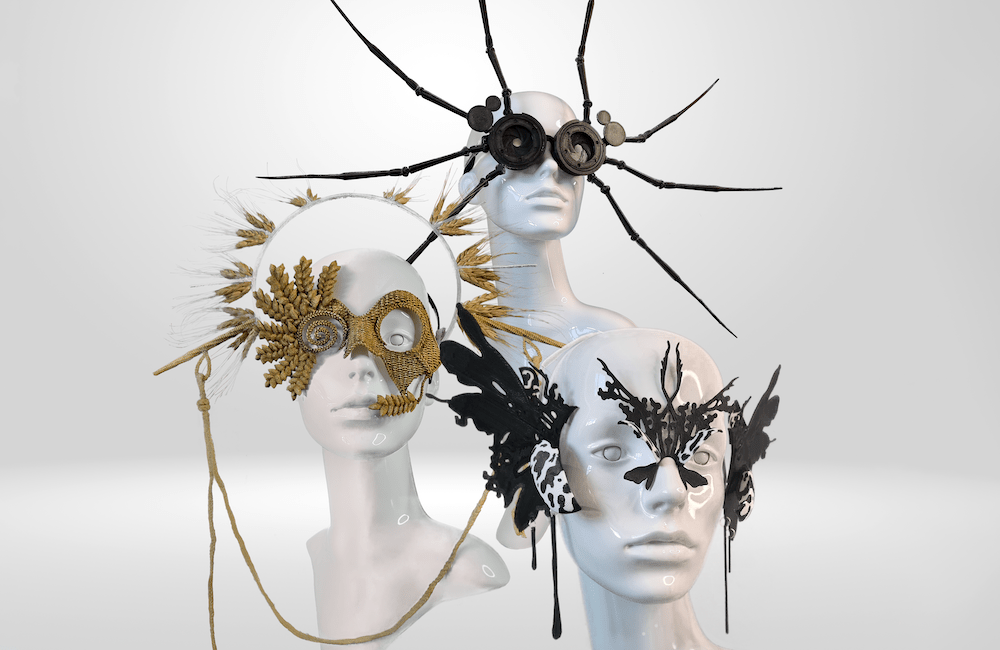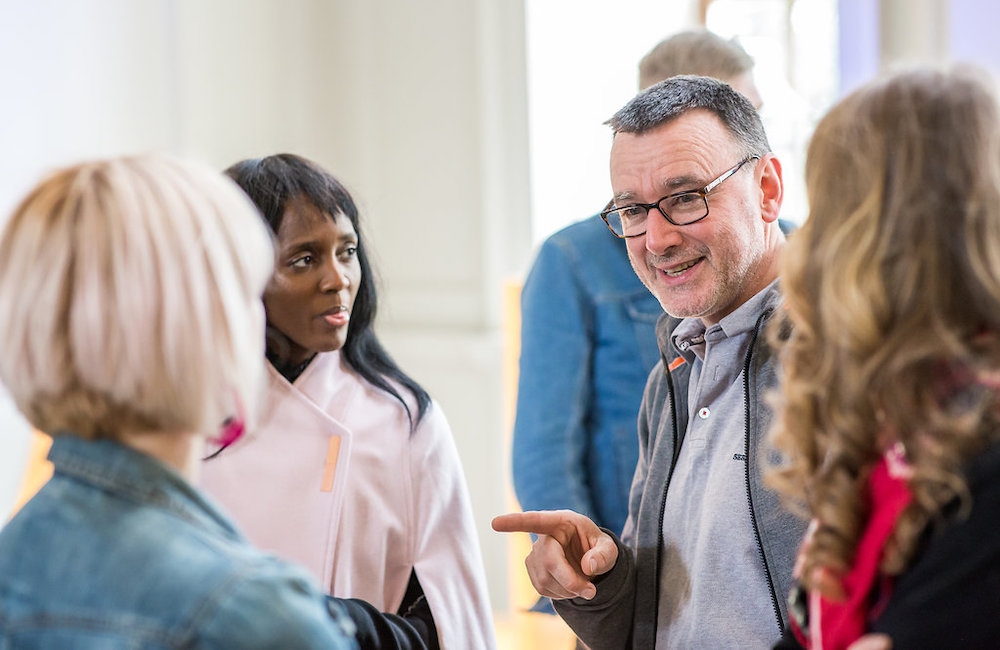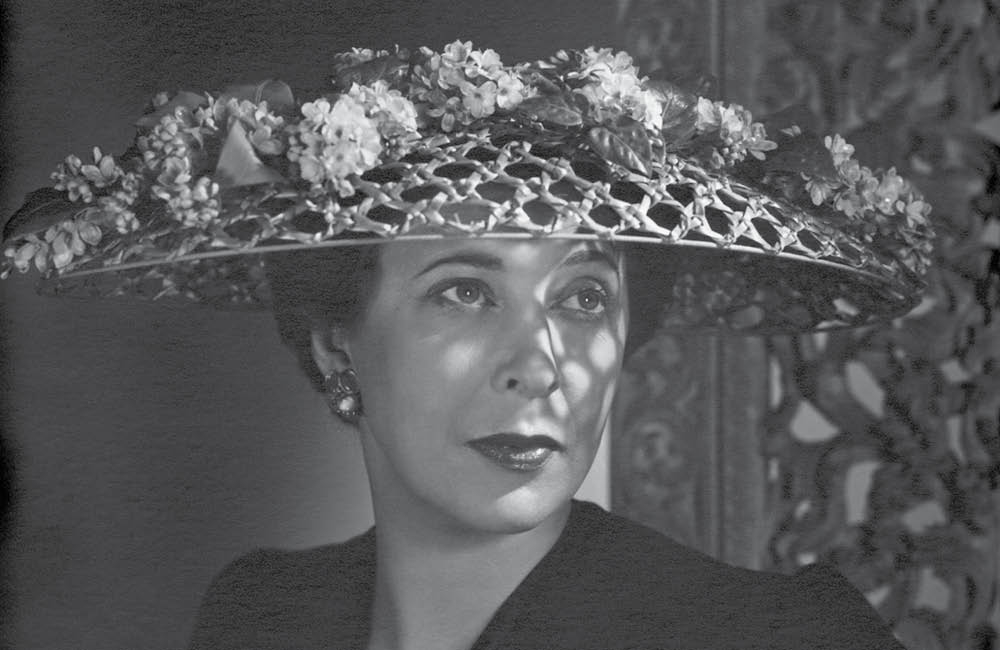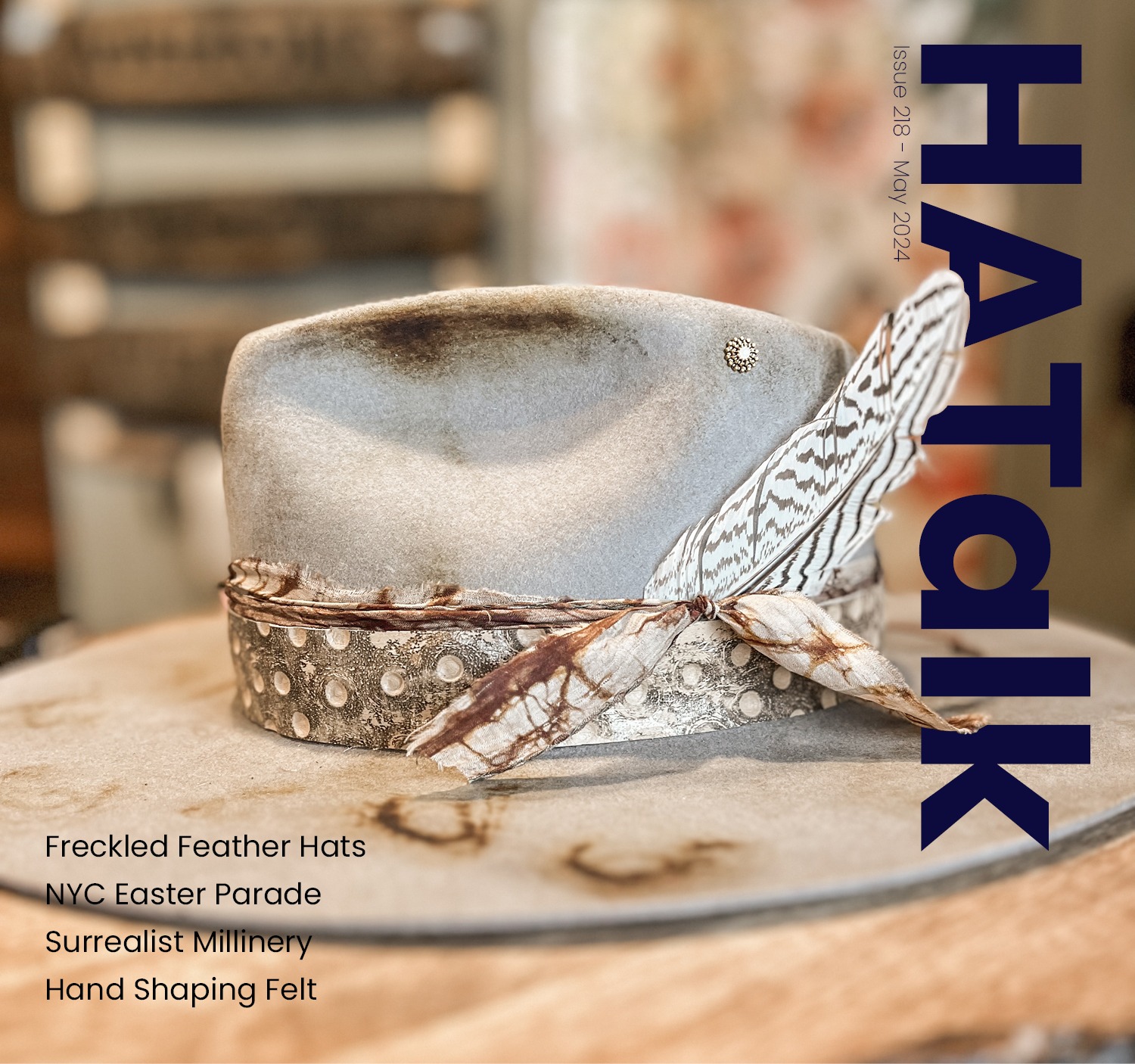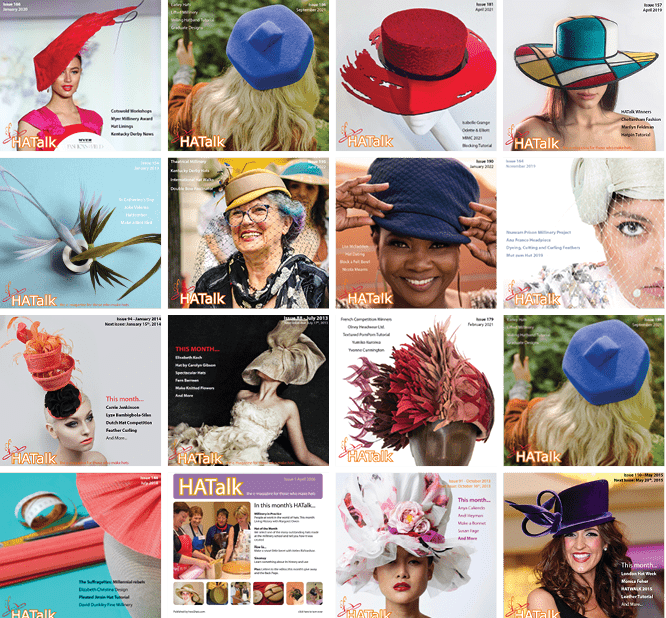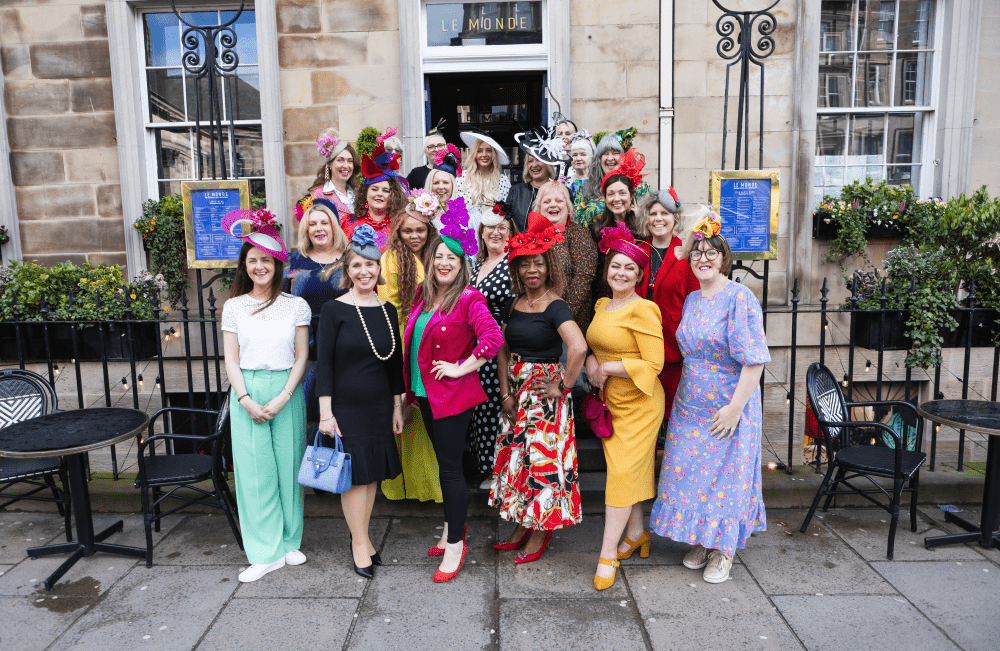Blog / Classic Hat Styles: The Turban
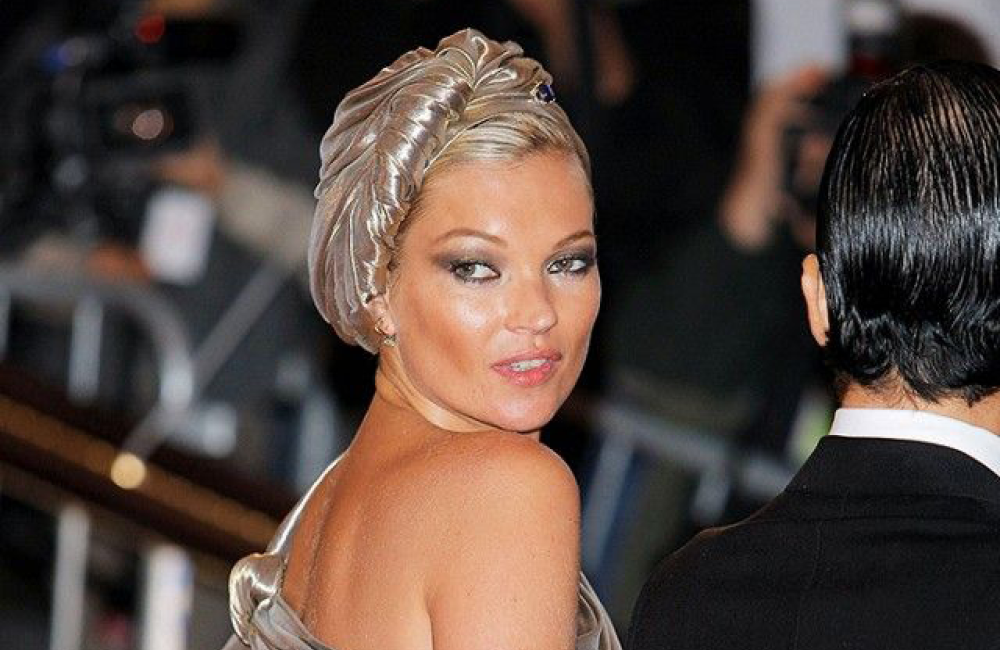
Classic Hat Styles: The Turban
Turbans
Many hat fashions have originated from traditional and religious headwear and been influenced by international cultures and exotic styles. The turban is a primary example of this influence; it was first documented in Mesopotamia before the advent of Christianity. At that time they were primarily worn by men, and that is still the case in many cultures and faiths. In Sikhism, for example, baptized men cover their heads with turbans called Dastars.
Turbans for Women
As the women’s fashion accessory we know today, the turban’s history goes back to the eighteenth century and Europe’s growing trade and interest in Turkey and India. One of the first examples of the turban in fashion culture is shown in the seventeenth-century painting ’Girl with a Pearl Earring’ by Jan Vermeer. In the late 1700s, Queen Marie Antoinette began to wear turbans and her legendary sartorial influence led to their increasing popularity in Europe.

The style was also practical for daily life. During wartime, women were doing more physical work and access to fabrics was limited. A turban was easy to wear, close-fitting for strenuous activities and easy to store and transport. Plus, making one required minimal sewing skills and only a small amount of material. Patterns were published so that the everyday woman could make her own stylish turbans to conceal her hair when access to a hairdresser and shampoo might be limited.
From Functional to Fabulous
A turban is simply a fabric headpiece that is wrapped around the head. It can be made from any type of cloth and can be decorated with trims and feathers to add elegance or create an exotic and glamourous look. Turbans really came into their own during the 1930s and 1940s, when celebrities and socialites like Greta Garbo and Grace Kelly (below) showed the world just how fabulous these wrapped headpieces could be.
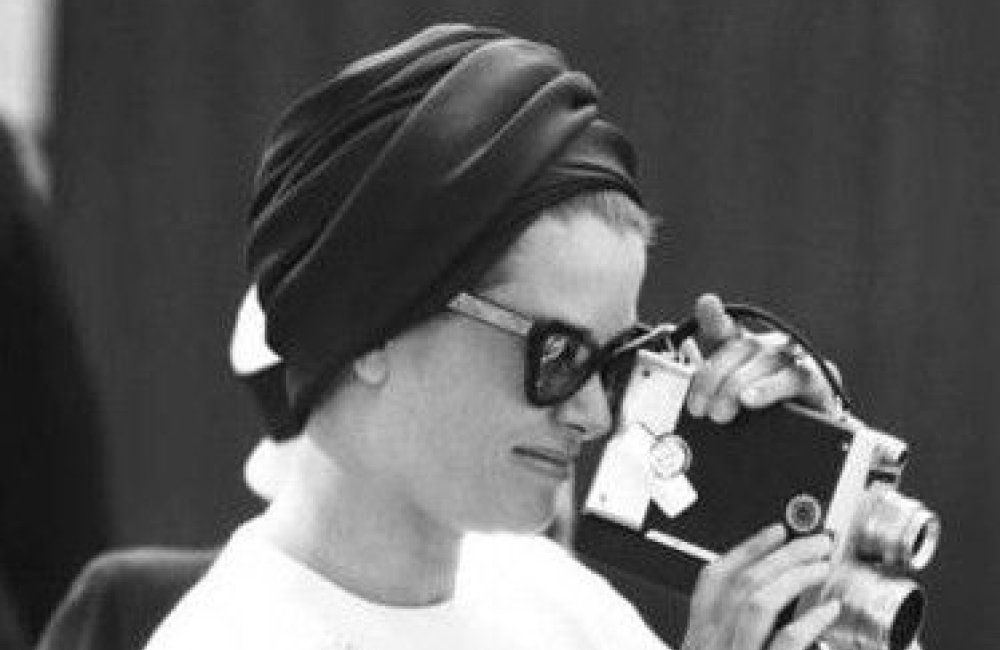
It was the American milliner Lilly Daché who glamorized the turban into popular culture. Daché was a milliner to the stars and made turbans for celebrities such as Heady Lamar, Gloria Swanson and Carmen Miranda. One of her famed turbans was even included in the 1939 World’s Fair Time Capsule!
The French milliner Madame Paulette (Pauline Adam de la Bruyère) is also credited with reviving the turban and claimed to have been inspired by the designs she saw on French girls cycling the streets of Paris during the war. She designed for Gloria Swanson, Marlene Dietrich and Greta Garbo, as well as for fashion houses Chanel and Ungaro.
Turbans in the Spotlight
Throughout the middle of the last century, turbans stayed very much on-trend and often appeared in fashion publications. This Donald Silverstein photo of three models wearing turbans, for instance, made the cover of British Vogue in October 1956.
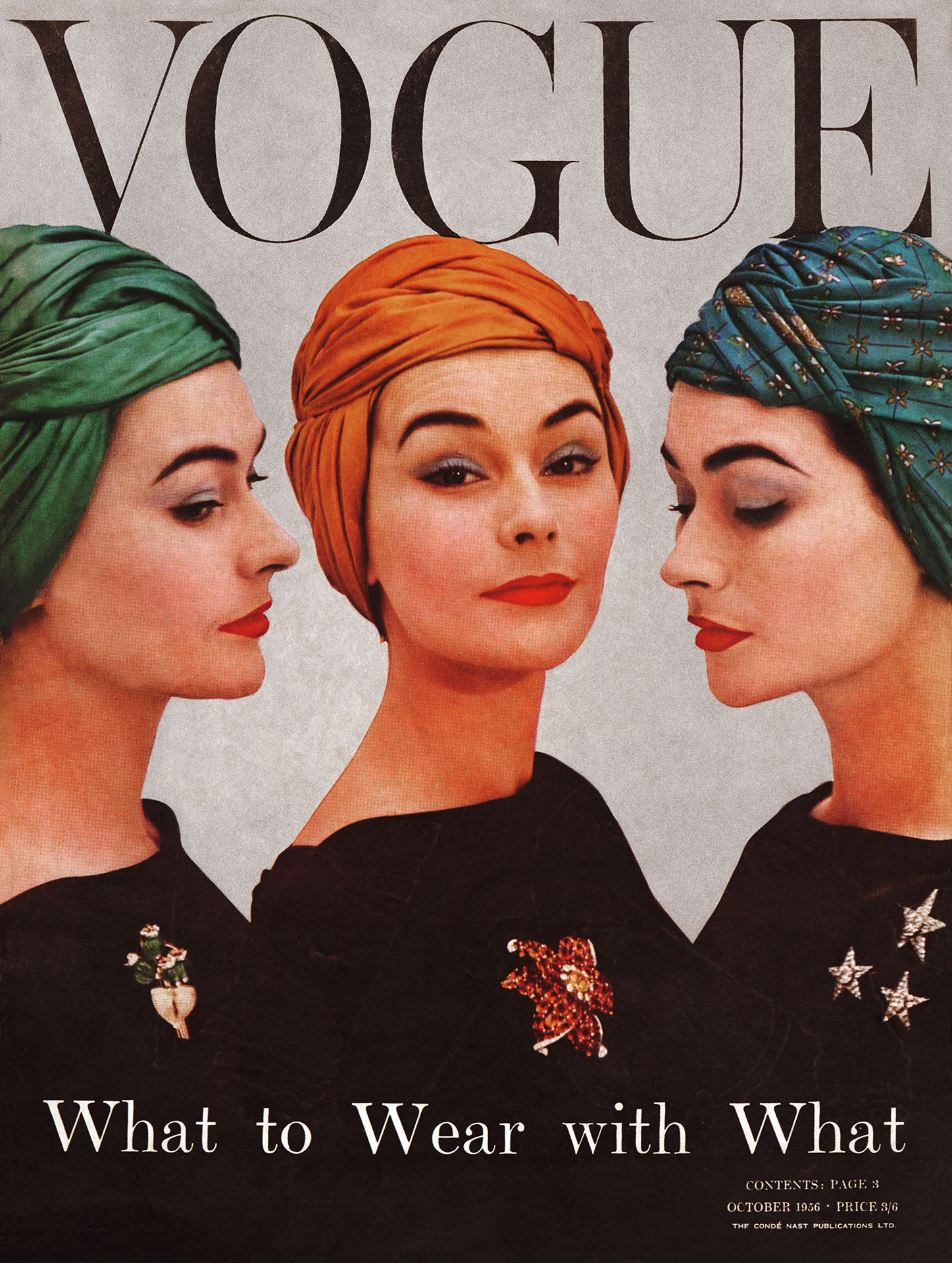
The turban also made many appearances in films of that time. Gloria Swanson was particularly memorable in her turban as a desperate silent film diva in Sunset Boulevard (1950). Lana Turner most famously wore one in The Postman Always Rings Twice (1946).
Elizabeth Taylor (below) became known for her turbans in the 1960s. She wore many glittering examples, including some jaw-dropping designs by Tiziani of Rome. In the 1968 film Boom!, Designers such as Biba and Halston would also help to popularize the style for socialites and hippies alike. By the 1970s, women tended to wear their turbans with their hair flowing out underneath. Barbara Streisand wore a dark, sophisticated version to the premiere of The Way We Were.
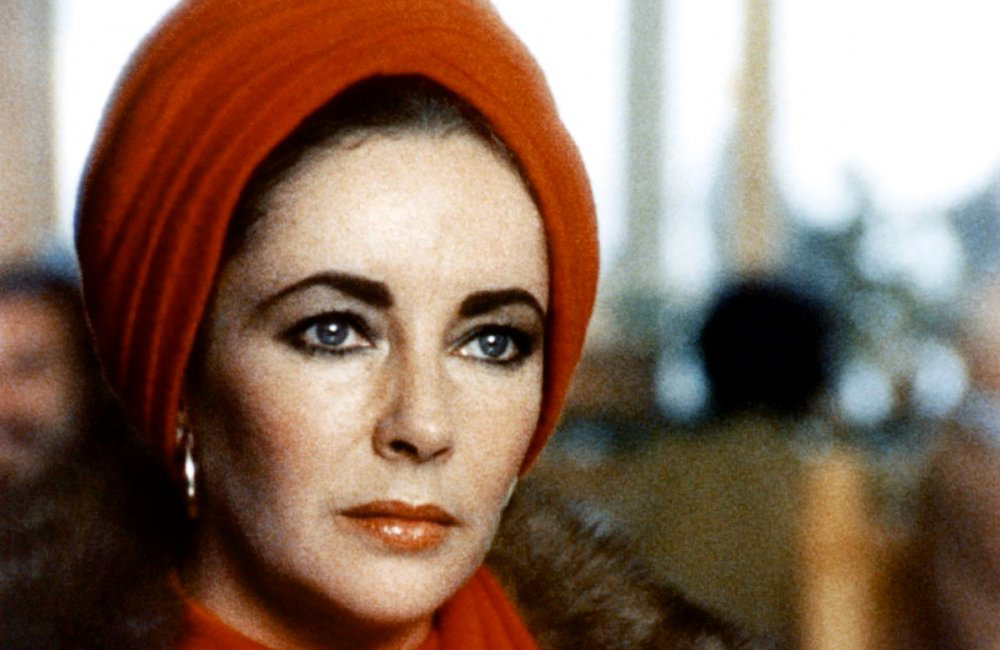
In more modern times, stars like Sarah Jessica Parker, and Salma Hayek have all worn turbans. Jennifer Lopez wore a sparkly gray one to the 2006 MTV Movie Awards and NYC fashionista Carrie Bradshaw wore a turban in the 2010 film, Sex and the City 2. At the top of this page, Kate Moss is pictured wearing a metallic gold turban, designed by Stephen Jones for Marc Jacobs, to the 2009 Met Gala.
The turban has stayed relevant across the centuries of women’s fashion – it is truly an iconic and classic headwear style.
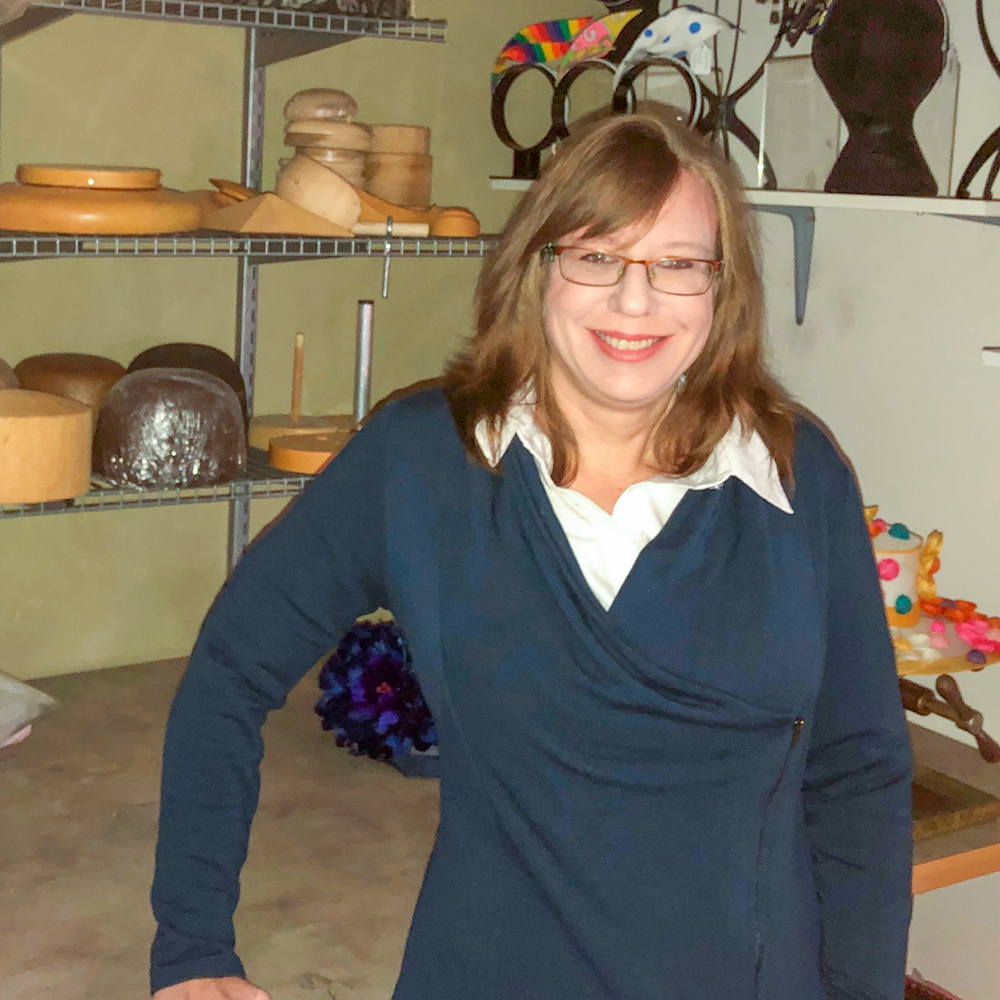
About the Author
Amy Fowler is the creator of the bespoke, California-based Millinery by Amy Fowler label. She also runs Humboldt Haberdashery, an online millinery supplier.
See Amy’s full bio HERE.
Popular Articles
Latest e-Magazine
Featured Supplier

Classic Hat Styles: The Turban
Turbans
Many hat fashions have originated from traditional and religious headwear and been influenced by international cultures and exotic styles. The turban is a primary example of this influence; it was first documented in Mesopotamia before the advent of Christianity. At that time they were primarily worn by men, and that is still the case in many cultures and faiths. In Sikhism, for example, baptized men cover their heads with turbans called Dastars.
Turbans for Women
As the women’s fashion accessory we know today, the turban’s history goes back to the eighteenth century and Europe’s growing trade and interest in Turkey and India. One of the first examples of the turban in fashion culture is shown in the seventeenth-century painting ’Girl with a Pearl Earring’ by Jan Vermeer. In the late 1700s, Queen Marie Antoinette began to wear turbans and her legendary sartorial influence led to their increasing popularity in Europe.

The style was also practical for daily life. During wartime, women were doing more physical work and access to fabrics was limited. A turban was easy to wear, close-fitting for strenuous activities and easy to store and transport. Plus, making one required minimal sewing skills and only a small amount of material. Patterns were published so that the everyday woman could make her own stylish turbans to conceal her hair when access to a hairdresser and shampoo might be limited.
From Functional to Fabulous
A turban is simply a fabric headpiece that is wrapped around the head. It can be made from any type of cloth and can be decorated with trims and feathers to add elegance or create an exotic and glamourous look. Turbans really came into their own during the 1930s and 1940s, when celebrities and socialites like Greta Garbo and Grace Kelly (below) showed the world just how fabulous these wrapped headpieces could be.

It was the American milliner Lilly Daché who glamorized the turban into popular culture. Daché was a milliner to the stars and made turbans for celebrities such as Heady Lamar, Gloria Swanson and Carmen Miranda. One of her famed turbans was even included in the 1939 World’s Fair Time Capsule!
The French milliner Madame Paulette (Pauline Adam de la Bruyère) is also credited with reviving the turban and claimed to have been inspired by the designs she saw on French girls cycling the streets of Paris during the war. She designed for Gloria Swanson, Marlene Dietrich and Greta Garbo, as well as for fashion houses Chanel and Ungaro.
Turbans in the Spotlight
Throughout the middle of the last century, turbans stayed very much on-trend and often appeared in fashion publications. This Donald Silverstein photo of three models wearing turbans, for instance, made the cover of British Vogue in October 1956.

The turban also made many appearances in films of that time. Gloria Swanson was particularly memorable in her turban as a desperate silent film diva in Sunset Boulevard (1950). Lana Turner most famously wore one in The Postman Always Rings Twice (1946).
Elizabeth Taylor (below) became known for her turbans in the 1960s. She wore many glittering examples, including some jaw-dropping designs by Tiziani of Rome. In the 1968 film Boom!, Designers such as Biba and Halston would also help to popularize the style for socialites and hippies alike. By the 1970s, women tended to wear their turbans with their hair flowing out underneath. Barbara Streisand wore a dark, sophisticated version to the premiere of The Way We Were.

In more modern times, stars like Sarah Jessica Parker, and Salma Hayek have all worn turbans. Jennifer Lopez wore a sparkly gray one to the 2006 MTV Movie Awards and NYC fashionista Carrie Bradshaw wore a turban in the 2010 film, Sex and the City 2. At the top of this page, Kate Moss is pictured wearing a metallic gold turban, designed by Stephen Jones for Marc Jacobs, to the 2009 Met Gala.
The turban has stayed relevant across the centuries of women’s fashion – it is truly an iconic and classic headwear style.

About the Author
Amy Fowler is the creator of the bespoke, California-based Millinery by Amy Fowler label. She also runs Humboldt Haberdashery, an online millinery supplier.
See Amy’s full bio HERE.
